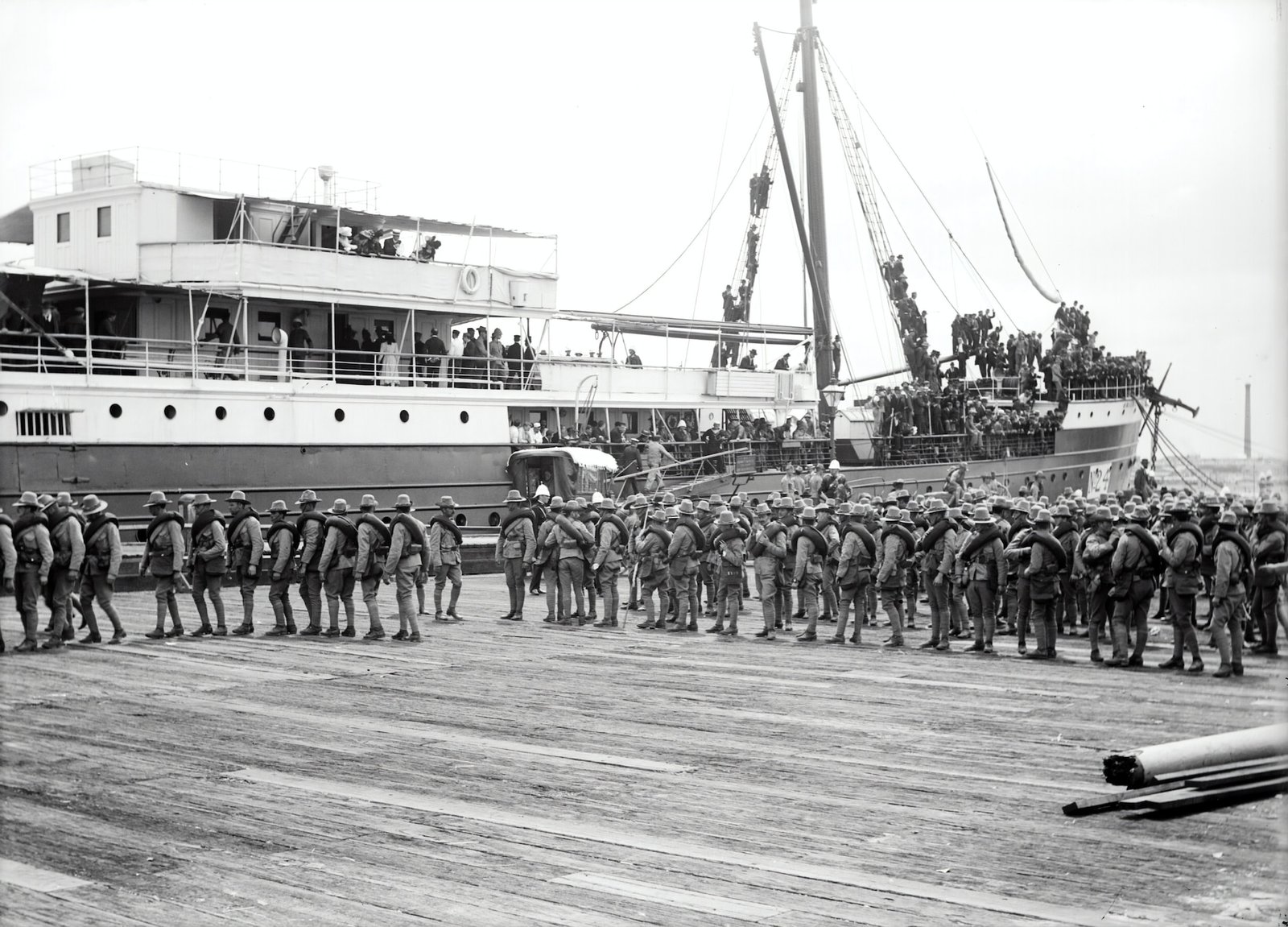Important Battles of the Civil War
The American Civil War (1861-1865) remains one of the most defining moments in U.S. history. Pitting brother against brother, this war determined the fate of the nation, ending chattel slavery, and defining federal authority. Let’s traverse the timeline of this tumultuous era by examining some of its most pivotal battles.
First Battle of Bull Run (July 21, 1861)
- Location: Manassas, Virginia
- Outcome: Confederate victory
- Significance: This first major land battle of the Civil War shattered the illusion of a short conflict. It underscored the necessity for structured military training and preparedness.
Battle of Shiloh (April 6-7, 1862)
- Location: Southwestern Tennessee
- Outcome: Union victory
- Significance: With alarming casualties on both sides, Shiloh shocked both the North and the South. It allowed the Union forces to begin their advance into the Confederate heartland along the Mississippi River.
Battle of Antietam (September 17, 1862)
- Location: Sharpsburg, Maryland
- Outcome: Tactical draw, though a strategic Union victory
- Significance: As the bloodiest single-day battle, its aftermath gave President Abraham Lincoln the context to issue the Emancipation Proclamation, which declared the freedom of slaves in Confederate-held territory.
Battle of Gettysburg (July 1-3, 1863)
- Location: Gettysburg, Pennsylvania
- Outcome: Union victory
- Significance: Often dubbed the turning point of the Civil War, Gettysburg halted Confederate General Robert E. Lee’s invasion of the North. It rejuvenated Union morale and weakened European support for the Confederacy.
Siege of Vicksburg (May 18-July 4, 1863)
- Location: Vicksburg, Mississippi
- Outcome: Union victory
- Significance: Vicksburg’s fall gave the Union control over the Mississippi River, effectively splitting the Confederacy in two. It was a crucial strategic win for the North.
Battle of Chattanooga (November 23-25, 1863)
- Location: Chattanooga, Tennessee
- Outcome: Union victory
- Significance: This battle cleared Confederate influence in Tennessee and opened the door for Union General William Tecumseh Sherman’s march to the sea.
Battle of the Wilderness (May 5-7, 1864)
- Location: Spotsylvania, Virginia
- Outcome: Inconclusive
- Significance: This intense battle marked the beginning of the Overland Campaign, a series of brutal clashes in Virginia leading up to the siege of Petersburg.
Battle of Petersburg (June 15, 1864 – April 2, 1865)
- Location: Petersburg, Virginia
- Outcome: Union victory
- Significance: The nearly ten-month-long siege of Petersburg was a prelude to the end of the war. Once Petersburg fell, the Confederate capital of Richmond was indefensible.
Battle of Appomattox Court House (April 9, 1865)
- Location: Appomattox, Virginia
- Outcome: Confederate surrender
- Significance: While not a battle in the traditional sense, Appomattox Court House is where General Lee surrendered to Union General Ulysses S. Grant. It symbolizes the end of the Civil War.
The Socio-Political Backdrop of the Civil War’s Pivotal Battles
Behind the tactical maneuvers and military outcomes of the Civil War’s battles, there’s a rich socio-political tapestry. It’s essential to explore the larger context surrounding these pivotal confrontations to grasp their profound impact on America’s future.
War’s Inception: A Nation Divided
The Civil War wasn’t merely about battles; it was a culmination of deep-seated socio-political and economic differences. The North’s increasing industrialization contrasted sharply with the South’s agrarian society, deeply reliant on enslaved labor. These battles, then, were not only territorial but ideological – battles over the soul and future direction of the nation.
Emancipation Proclamation’s Ripple Effect
The Battle of Antietam, besides its military significance, prompted Lincoln’s Emancipation Proclamation. While it freed slaves only in the Confederate states (thus not immediately freeing a single slave), its symbolic weight was enormous. It turned a war for the Union into a war for human freedom, giving it a moral dimension.
Soldiers, Civilians, and the Home Front
While generals strategized and soldiers fought, civilians played a crucial role in shaping the war’s trajectory. The outcomes of battles influenced public opinion, which in turn affected enlistment rates, voting patterns, and even international diplomacy. For instance, after the Union’s triumph at Gettysburg, Britain and France became more hesitant to recognize the Confederacy.
War Journalism and Public Perception
The Civil War was one of the first conflicts where the immediacy of war was brought to the public through journalism. Photographs from battles like Antietam displayed the war’s brutality. Newspapers delivered updates on battles, influencing public morale and political decisions. The press, in many ways, became a secondary battleground.
African-Americans in the Civil War
Beyond the Emancipation Proclamation, the Civil War witnessed an active participation of African-Americans. Post the Proclamation, nearly 200,000 Black soldiers joined the Union Army. Battles became not just about territory but about their very right to freedom and equality.
Technological and Tactical Evolution
The Civil War occurred during a time of rapid technological change. The Minie ball, railroads, and telegraph, among others, changed the war’s nature. Battles increasingly became centered around seizing rail junctions, like the ones near Chattanooga, or cutting off telegraphic communication.
Conclusion:
These battles, while only a fraction of the confrontations during the Civil War, were defining moments that sculpted the trajectory of the conflict. Each clash not only determined tactical and strategic advantages but also shaped the very ethos of the nation. Understanding these battles provides insights into the sacrifices made, the strategies employed, and the ever-evolving national sentiment during this formative period in American history.







